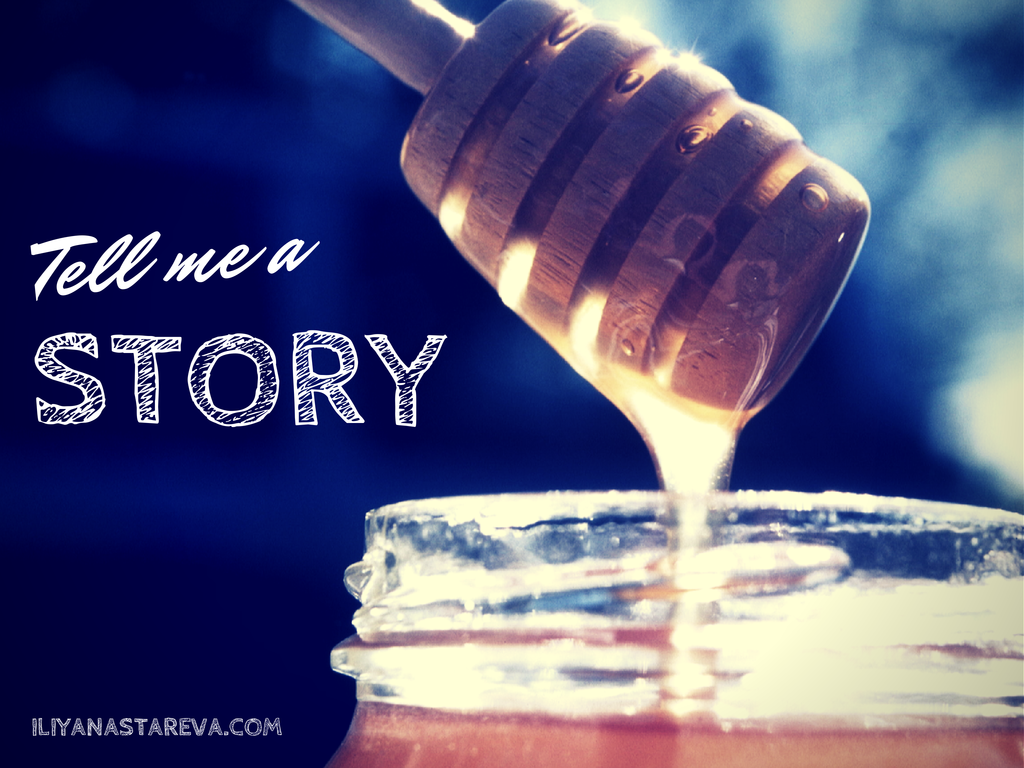My last piece got me thinking about how much has changed in so little time and particularly about how much the world of PR has been impacted by the Internet and social media. I did a whole research on this topic when I was writing my first dissertation two years ago.
However, a lot has happened since then and I wonder how relevant my research findings still are...
You might think, two years is not enough for that much to change, but actually, it's plenty.
Speaking about social media for PR, many practitioners believe that social media has simply offered additional tools and channels, but the nature of the practice has remained the same. I partly agree with that. Yes, PR is about building meaningful relationships with people and organisations and about establishing a positive reputation. And yes, social media has given us many more tools to do our daily jobs.
But the bigger picture in my opinion is not just about how social media has impacted PR, but about how it has influenced human nature and behaviour: about how we as individuals now connect, interact, make decisions, believe or disbelieve, communicate and present ourselves to the rest of the world.
Why is that important for our industry?











